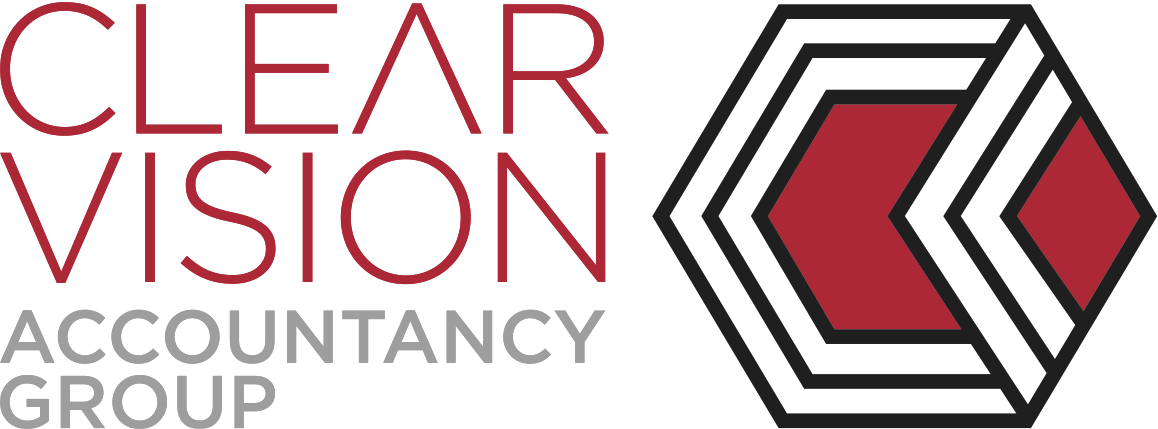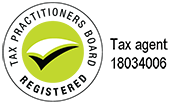One page business plan
We all know we should be doing a business plan. But we also know that 20 or 30 pages of detail is a daunting task to put together and who is going to read it anyway?
Reality is, we all should be planning in our business. Everything from the strategic level to the daily tasks can be better planned to help steer the business in the right direction and help us achieve our end goals. Yet 99% of businesses don’t have any planning – why?
The main reason is that most business people are great at what they do whether it’s building, driving, filling teeth but when it comes to business planning they don’t know where to start.
So, I’ve taken some tools (with permission) from Verne Harnish, a world renowned business growth strategist, built up my persona skills and knowledge in this area and completed a 1 page business plan.
So what’s different about this plan?
A 30 page business plan can be prepared, in detail, with lots of market research and once completed will sit nicely holding the bottom drawer in place. It doesn’t become a workable document on a monthly or weekly basis used to keep the captain focused and steering the business to the end result. It’s too big, too cumbersome and because of the investment involved nobody wants to change it or review it again once it’s complete.
In contrast, a 1 page business plan is designed to have the key goals, visions, targets, key performance measures and actions all on 1 page. This page gets put up in a place the business owner sees every day. Sometimes it needs to be in several spots. As a focused business owner, when you walk past this document, you will glance and linger and this will help you maintain your focus more often on the end goal – the BHAG.
Don’t get me wrong – the market research and detail is critical. But we don’t want to become so bogged down in the detail and specifics that we can’t see the most important, most immediate goals.
If you are interested in setting up a 1 page business plan, please contact me. I’ll email you the Verne Harnish template and we can discuss how Clear Vision Accountancy Group can help you get your 1 page business plan started, prepared, finished and on your wall.
The post One page business plan appeared first on Clear Vision Accountancy Group.





